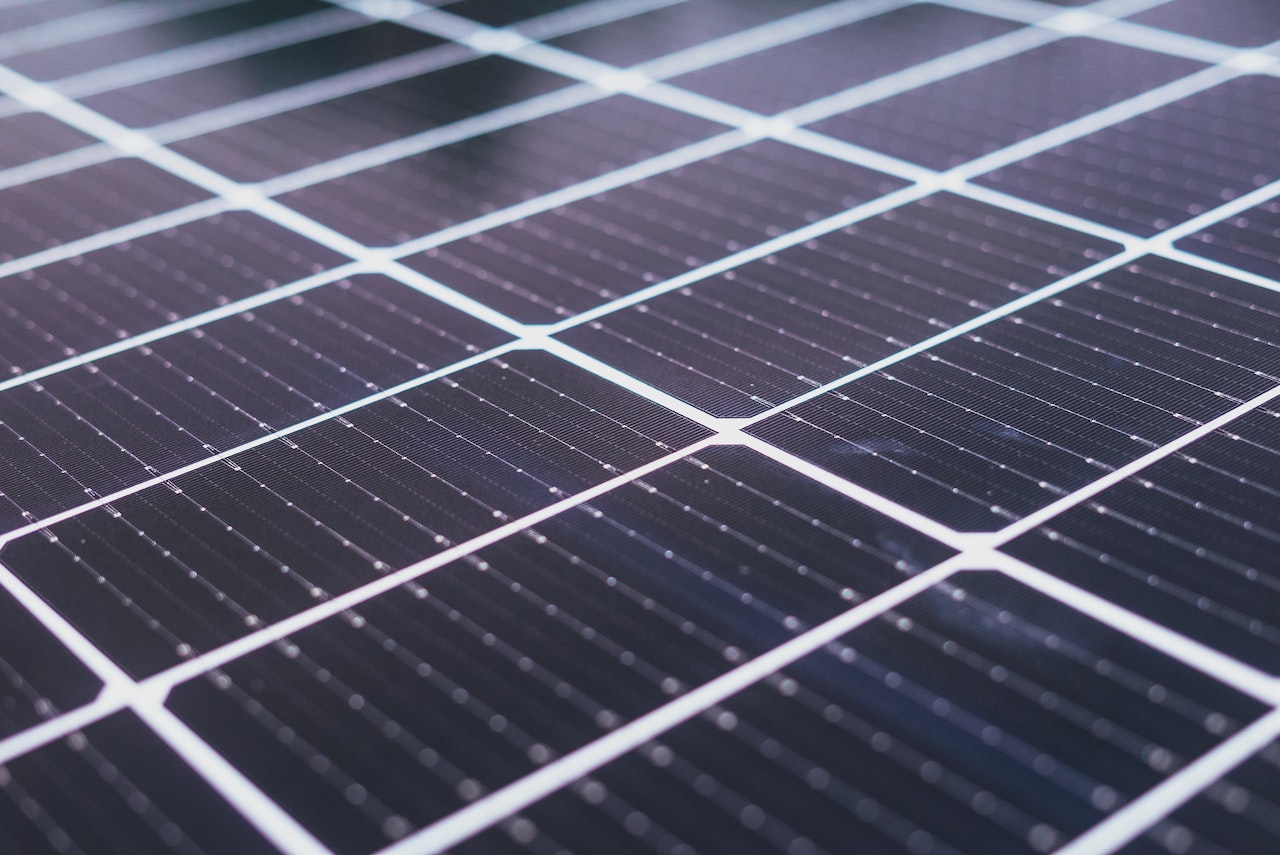Surety Bond Professionals is a family owned and operated bonding agency with over 30 years of experience. With access to a broad range of surety markets, our expert agents are ready to assist with all of your solar bond needs.
What Is Interconnection?
Interconnection is the process by which solar energy systems are connected to the electric grid. Standards that vary by state govern the interconnection process. Interconnection permits, however, are issued at the local level, for example by municipal building departments.
Why Do Interconnection Standards Exist?
Standards help ensure transparency, consistency, and ultimately safety. While interconnection standards are established at the state level, many states are emulating the standards developed by the Federal Energy Regulatory Commission (FERC) for projects up to 20 megawatts. These FERC standards are called Small Generator Interconnection Procedures (SGIP). Many states have also patterned engineering and safety requirements for interconnection after the IEEE 1547 and UL 1741 standards. Different standards may apply depending on whether or not the solar system is net metered, its capacity requirements, whether it’s a commercial or residential system, and so on.
What Does the Interconnection Process Involve?
The interconnection process involves 3 steps: application, installation, approval.
It’s during the first step, applying for interconnection, that all the state and local interconnection standards must be met and all possible impacts on the grid must be identified. In many cases, a solar interconnection agreement between the developer and the electric utility must be established. (The majority of states require such an agreement for net metered solar systems.)
An interconnection agreement spells out the developer’s obligations regarding design, construction, and maintenance of the infrastructure needed to connect the solar system with the grid for electricity distribution. Major infrastructure components include a substation and transformers to convert the energy into a suitable form for transmission to the electric grid.
If a solar connection agreement is required, it must be submitted before construction begins.
After the installation has been completed, the customer must apply for and receive a permission to operate (PTO). When the PTO is received, the customer can begin receiving compensation for supplying solar-generated electricity to the grid.
Is There a Bonding Requirement for Solar Interconnection?
Some solar projects may require the developer or installer to provide a solar interconnection bond. And other types of surety bonds may be required for other aspects of distributed energy generation projects.
In many cases, a utility company requires an interconnection surety bond as financial security before entering into a solar interconnection agreement. This is because a solar installation has a useful life of 30+ years. The utility (the “obligee” requiring and protected by an interconnection bond) needs a financial guarantee that the developer (the bond’s “principal”) will perform necessary maintenance and repairs for the duration of the interconnection contract.
The protection for the obligee is derived from the fact that an interconnection bond forms a legally binding contract between the obligee, the principal, and the bond’s guarantor (known as the “surety”). Terms of the surety bond agreement set forth the regulatory requirements the principal must abide by and legally obligates the principal to compensate the obligee for monetary damages resulting from the principal’s noncompliance.
While the principal is legally obligated to pay any valid claim against the interconnection bond, the payment of claims is guaranteed by the surety. Specifically, the surety guarantees to lend the principal the funds to pay a valid claim, if necessary. In practice, the surety typically pays the claimant—the obligee—directly, on the principal’s behalf. The principal then must repay that debt to the surety.
What Other Solar Bonds May Be Needed?
A solar project may require any of the following additional solar bonds.
- A Right of Way Bond may be required when applying for a permit to construct a solar generating facility that entails work within a public right of way (road, sidewalk, etc.). The bond requires the principal to abide by the terms of the construction permit and restore the right of way to its previous condition.
- A Performance Bond protects the obligee if the principal fails to complete the work satisfactorily or defaults on a contract. The obligee won’t have to pay to bring in another developer to finish the job.
- A Payment Bond often is bundled with a performance bond. A payment bond ensures that the principal will pay subcontractors, workers, and suppliers according to the construction contract.
- A Maintenance Bond guarantees the ongoing maintenance of an operating solar generating facility.
- A Decommissioning Bond guarantees that the solar generating facility will be properly decommissioned and the site restored to its original condition when the facility reaches the end of its useful life.
Without solar surety bonds, many organizations might not be willing to take on the financial risks of working with a solar developer.
Get A Quote
Our surety bond professionals will get you the interconnection bond or other solar bond(s) you need at a competitive rate.





